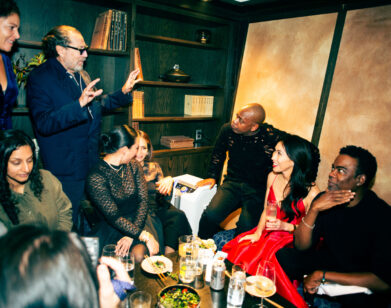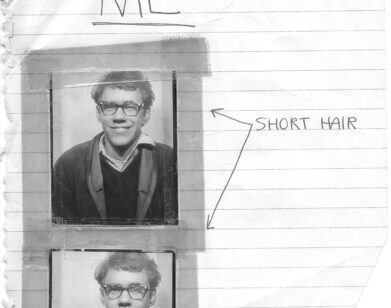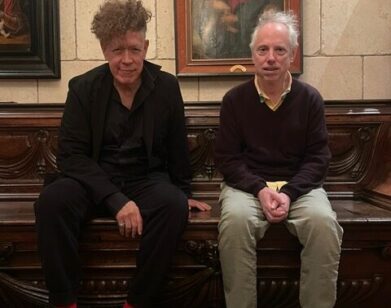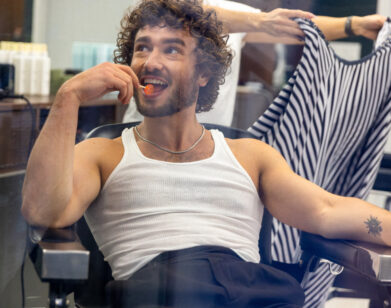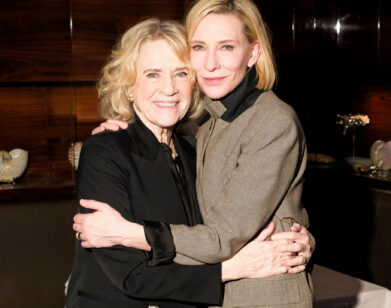Warhol’s Reel Life
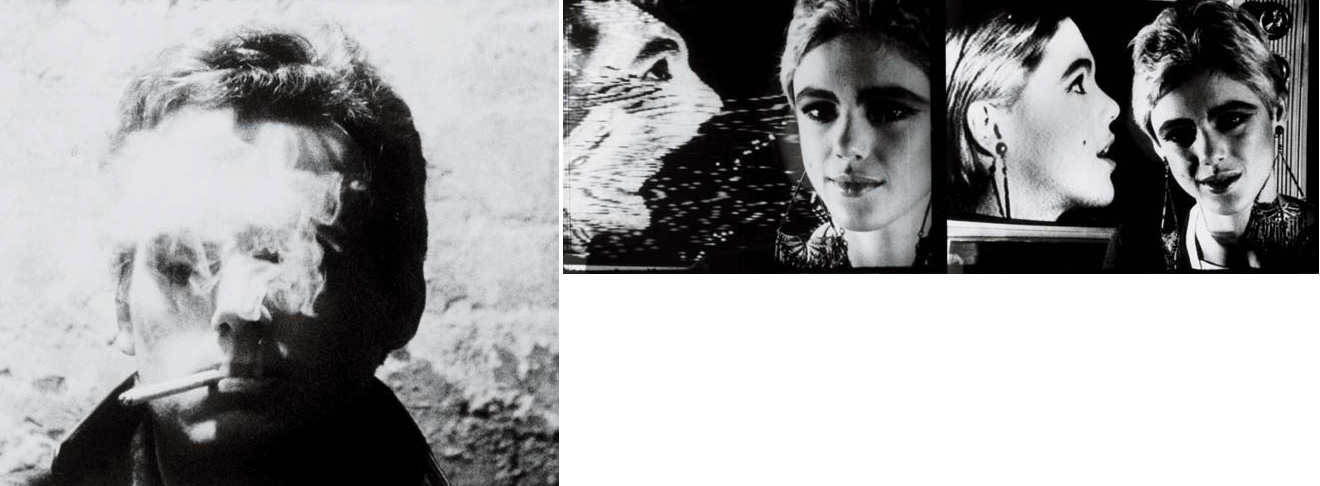
In “Our Kind of Movie”: The Films of Andy Warhol (MIT Press),critic and art historian Douglas Crimp deep-dives into the cinematic output of art’s King of Pop, exploring, assessing, and reevaluating Warhol’s prodigious body of film work. Crimp’s examination is comprehensive, tackling everything from the voyeuristic-exhibitionist ethics of Blow Job (1964) to the role of space and claustrophobia in My Hustler (1965), and the meaning of Nico’s bangs in The Chelsea Girls (1966)—a film, he says, that “changed my life.” Along with his personal attachment to the films, Crimp’s study also digs into Warhol’s formal hallmarks, such as static camera work—as exhibited in the motion picture portraiture of his early screen tests—and improvised dialogue, which went on to influence a generation of independent filmmakers. “Perhaps we are coming around to Warhol’s time,” writes Crimp in the essay collection’s epilogue, noting that when he attended a recent screening of Warhol’s eight-hour silent film Empire (1964), most of the crowd appeared to be under the age of 35.


